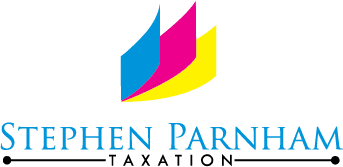Chancellor Philip Hammond wrote to the Office of Tax Simplification in January last year asking it to review inheritance tax. In a report published in November 2018, the OTS recommended the government implement a fully integrated digital system for IHT.
It also recommended HM Revenue & Customs make changes to the current forms to reduce and simplify the administration of estates, including introducing a very short form for the simplest estates and updating the conditions that must be met to be able to complete it.
Meanwhile, the Treasury coffers collected a record amount from IHT last year, as a rise in property prices helped push up receipts to more than £5bn. Data also shows there were nearly 25,000 estates in the UK hit with an average IHT bill amounting to £200,000 during 2017/18. The number of people being forced to pay IHT is also rising.
So the Treasury continues to reap the dual benefits of rising property prices and frozen allowances.
Few disagree that many of the current IHT workings are complex and often riddled with anomalies, with the rules, processes and interaction with other tax codes being highly confusing. That’s what makes it fun though!
Nevertheless, the hope is that the government will use the OTS’s findings as an opportunity to make reforms that will simplify this piece of taxation.
There are some straightforward changes that can be made so that people do not need technical training to navigate the system.
One such change (on the shelf for the time being) is to remove the overly complicated residence nil rate band and instead increase the nil rate band to £1million. Another currently strange anomaly is the need to align the deadline for payment of IHT on death with the deadline for submission of the IHT return to HMRC. That would also make sense given the recent increase in probate fees.
What is clear is that, if certain areas of the legislation are amended in the manner which may be implied from the OTS’s report (and preceding call for evidence), this could have a significant impact on succession and IHT planning….or none at all.
As we have seen all too often, the best efforts of “simplifying” often have the very opposite effect.
And while a digital system would make an enormous difference to those who are currently buried in paperwork, few are under the illusion it will see the light of day for some time.



